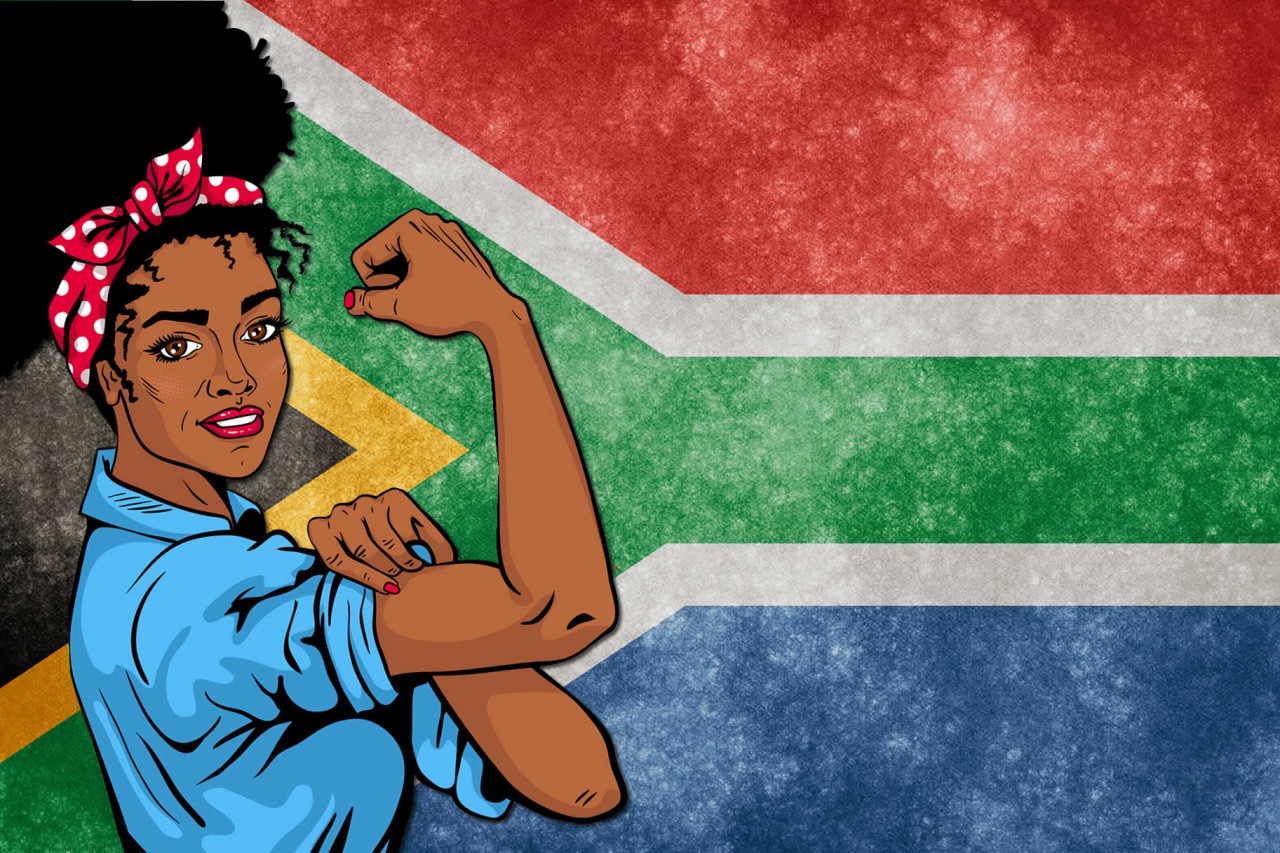Top 5 Largest Hydroelectric Plants in South Africa
| Table of Contents |
Key Facts: Hydroelectric Power in South Africa
With an abundance of natural resources, South Africa is the most industrialized country in Africa.
The nation's financial, legal, communications, energy, and transport sectors are all well-developed, and its stock exchange is the biggest in Africa and among the top 20 in the world. Despite a recent slowdown in economic expansion, South Africa still has the second-largest economy in Africa, behind Nigeria.
About 90% of South Africa's technically feasible hydropower potential—or about 14,000 GWh/year—has already been harnessed. 4,750 GWh of electrical energy, or about 2% of the country's supply, are produced annually by 3,586 MW of hydropower, including 2,832 MW of pumped storage capacity. New pumped storage power feasibility studies are now available, and 100 MW of small hydropower may also be developed.
In 2021, South Africa generated about 245,000 GWh of electricity. The majority of this electricity is generated from coal and used domestically. 12,300 GWh were exported in 2022 to Eswatini, Botswana, Mozambique, Lesotho, Namibia, Zambia, Zimbabwe, and other Southern African Power Pool member nations. Through the 1,920 MW Cahora Bassa (HDVC) Power Transmission System, South Africa imported 10,800 GWh from the Cahora Bassa Hydroelectric Power Station in Mozambique in 2022.
Eskom, a state-owned corporation, owns and runs the majority of power plants in South Africa. These plants produce 45% of the electricity produced on the African continent and 80% of the electricity produced in South Africa.After Uruguay, Mauritius, and Costa Rica, South Africa ranked as the world's fourth-largest investor in renewable energy in terms of GDP share in 2012.[8]
The list of South African electricity-generating facilities with a capacity greater than 1 MW is provided below. It only includes facilities that are open for business right now and those that are being built. The maximum power that the power plant can deliver to the grid, expressed in megawatts, is listed.
List of decommissioned power stations in South Africa contains information on notable facilities that are no longer in service or that have been shut down.
♦ Check More: Top 10+ Biggest and Majestic Hydroelectric Plants in Africa
Top 5+ Biggest and Most Majestic Hydroelectric Power Plants in South Africa
1. Ingula
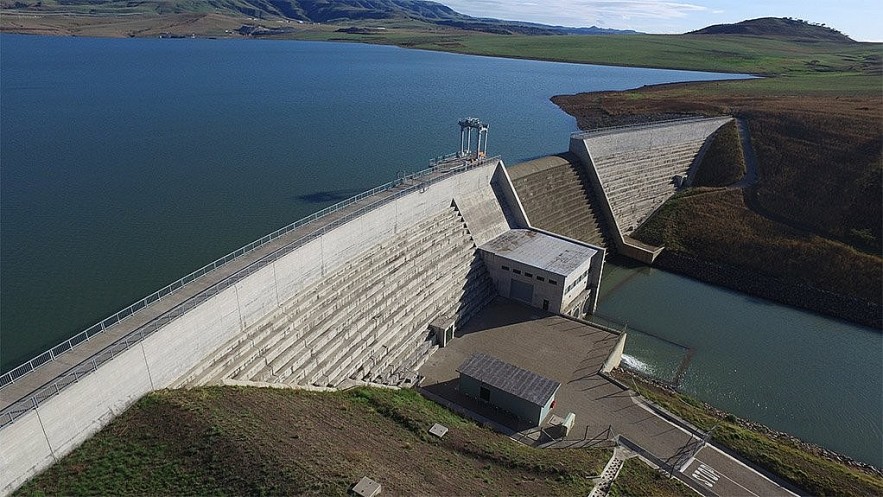 |
| Ingula hydro power plant |
A 1,332 MW hydroelectric project called The Ingula is situated in KwaZulu-Natal, South Africa. In 2016, after construction was finished, the project was put into service.
Eskom Holdings SOC developed the project. Owner of the project is Eskom Holdings SOC.
A pumped storage project is Ingula. It can hold 22.6 million cubic meters of water. The project has a gross head and net head of 480 million and 441 million, respectively. There are two penstocks, long pipes or channels, in total, that transport water from the hydroelectric reservoir to the turbines inside the actual power plant. The penstock has a 6.6 m diameter.
Construction on the project began in 2005, and it began operating for profit in 2016.
The hydro power project chose Voith Hydro Holding as its turbine supplier. Four pump turbine units, each with a nameplate capacity of 333MW, were provided by the company.
For the project, Voith Hydro Holding provided 4 electric generators. The generator has a 373 MVA capacity.
2. Drakensberg
South Africa's KwaZulu-Natal province is home to the 1,000MW Drakensberg hydroelectric project. It was put into service in 1981. The project is currently owned by the Department of Water Affairs and Forestry, South Africa, and Eskom Holdings SOC.
Drakensberg is a project for pumped storage. The hydro reservoir has a 35.6 million cubic meter storage capacity. The project's gross head is 448.5 million. There are two penstocks, long pipes or channels, in total, that transport water from the hydroelectric reservoir to the turbines inside the actual power plant. 2,041 GWh of electricity were produced by the project.
Construction on the project started in 1974, and it began to operate for profit in 1981.
The hydropower project's chosen turbine supplier is Toshiba Energy Systems and Solutions. Four units of 250MW nameplate capacity Francis turbines were provided by the company.
The project's electric generator(s) were provided by Brown Boveri & Cie.
3. Palmiet
It is a 400MW hydro project called Palmiet. South African Department of Water Affairs and Forestry; Eskom Holdings SOC is the project's owner. It was put into service in 1988. It is situated in South Africa's Western Cape.
Palmiet is a project for pumped storage. 19.3 million cubic meters are able to be stored in the hydro reservoir. The project's gross head is 285.6 million. There are two penstocks, long pipes or channels, in total, that transport water from the hydroelectric reservoir to the turbines inside the actual power plant. The penstock is 700 meters long. The penstock has a 3.9 m diameter.
The project's construction started in 1983, and it started doing business in 1988.
The hydropower project chose Voith Hydro as its turbine supplier. Two Francis turbine units, each with a 200MW nameplate capacity, were provided by the company.
For the project, Fuji Electric provided 2 electric generators. The generator has a 250 MVA capacity.
4. Gariep
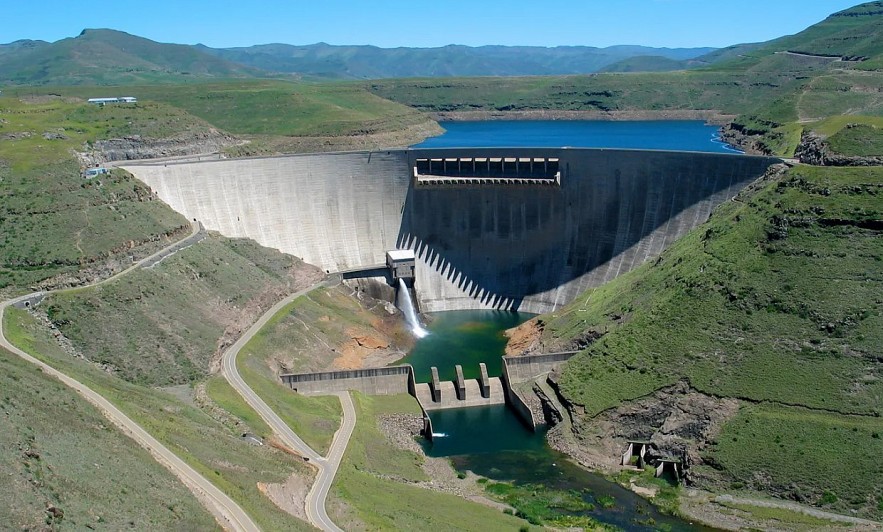 |
| Gariep Dam - Biggest Hydroelectric Power Plants in South Africa |
The 360MW Gariep hydroelectric project went online in 1971. Eskom Holdings SOC owns the project's equity stakes. It is situated in South Africa's Northern Cape.
The project Gariep is based on reservoirs. It can hold 5,340 million cubic meters of water. The project's net head is 55 million. There are four penstocks, long pipes or channels, in total, that transport water from the hydroelectric reservoir to the turbines inside the actual power plant. 889 GWh of electricity were produced by the project.
Construction on the project began in 1967, and it began to operate for profit in 1971.
For the hydropower project, Fuji Electric was chosen as the turbine supplier. Four units of 90MW nameplate capacity Francis turbines were provided by the company.
Four electric generators were provided for the project by GE Renewable Energy. The generator has a 122 MVA capacity.
5. Vanderkloof
Since 1976, The Vanderkloof has been in operation. The 240MW hydroelectric project is situated in South Africa's Northern Cape. In this project, Eskom Holdings SOC owns the equity stakes.
Project Vanderkloof is based on a reservoir. The project's net head is 65 million. There are two penstocks, long pipes or channels, in total, that transport water from the hydroelectric reservoir to the turbines inside the actual power plant. The penstock has a 7 m diameter. 932 GWh of electricity were produced by the project.
The project's construction started in 1973, and it started doing business in 1976.
The hydropower project chose Andritz Hydro as its turbine supplier. Two units of Francis turbines, each with a nameplate capacity of 120MW, were provided by the company.
Two electric generators from Toshiba were provided for the project. The generator has a 133 MVA capacity.
ANDRITZ HYDROA local company for ANDRITZ HYDRO has been operating out of Johannesburg since 1979, and the company has a long history in South Africa. To date, the company has provided more than 750 MW to the nation and has worked on significant hydropower projects like PSPP Drakensberg, PSPP Steenbras, and HPP Vanderkloof. In order to replace the control systems in their hydropower plants, national utility Eskom has a partnership contract with ANDRITZ HYDRO. The 400 MW Palmiet pumped storage power plant is currently being built by ANDRITZ HYDRO in accordance with the terms of this contract. |
The Micro-Hydro Generation in South Africa
The Neusberg Hydro Power Station near Kakamas in the Northern Cape, a brand-new grid-connected micro hydropower station inaugurated in the Sol Plaatje municipality in the Free State, and a few others are among the stations in various stages of development.
In addition to operating four large hydropower plants (360MW Gariep, 240MW Vanderkloof, 11MW Second Falls, and 42MW Colley Wobbles), Eskom also operates two small hydropower plants (6MW First Falls and 1.6MW Ncora).
While the Thaba Chweu local municipality only owns one grid-connected station (2.6MW Lydenburg), the private sector owns four stations connected to the national grid (300kW Clanwilliam, 2MW Freidenheim, 4MW Merino, and the aforementioned 3MW Sol Plaatje).
Additionally, KwaZulu-Natal and the Eastern Cape have a number of mini- and micro-hydropower systems that are primarily used to power individual farms rather than nearby communities.
The City of Cape Town operates hydropower turbines at four of its water treatment facilities (the 700kW Blackheath, 1.475MW Faure, 340kW Steenbras, and 260kW Wemmershoek). Bloem Water is constructing a microsystem to power its offices, eThekwini is creating six new sites, and Rand Water is creating four more sites at its infrastructure.
A 15kW pilot system was also installed at Pretoria's Pierre van Ryneveld reservoir as part of a study by the University of Pretoria.
In order to provide access to electricity in remote areas, micro hydropower has the potential to be a crucial part of distributed generation in national grids or a standalone isolated mini-grid. Numerous national governments and donors have also acknowledged the potential role that micro hydropower could play in increasing access to electricity and eradicating energy poverty.
Micro hydropower is a tried-and-true technology with a proven track record. It also had a significant impact on earlier attempts to provide electricity to Southern Africa. Sadly, as national grids started to offer reasonably priced and dependable electricity, interest in micro hydropower started to wane.
The Pilgrims' Rest gold mines, which were first powered by two 6kW hydro turbines in 1892, serve as a good illustration. A 45kW turbine was added two years later in order to support those turbines and power the first electrical railway in 1894. Numerous African church mission stations made use of micro hydropower facilities.
People ignored micro hydropower despite the national grid's promises of more dependable, less expensive power. However, communities in South Africa may want to consider producing their own power and could do so with micro hydropower given the cost and the fact that our electricity supply is now erratic.
There are two main parallel tracks for micro hydropower in South Africa. The nation's electricity system is made up of grid-connected IPP projects in the first category, and micro-scale systems for private use make up the second.
There is currently no support for isolated systems used for rural electrification, despite the fact that the government is reviewing its strategy. Additionally, the future of grid-tied systems is directly impacted by government policy regarding the advancement of renewable energy.
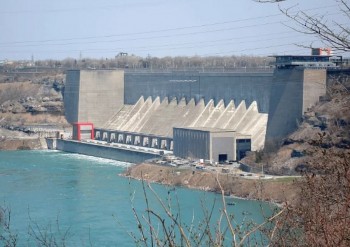 Top 6 Biggest & Majestic Hydroelectric Power Plants in the U.S for Discovering Top 6 Biggest & Majestic Hydroelectric Power Plants in the U.S for Discovering One of the oldest and most popular renewable energy sources is hydropower. Which hydroelectric power plants in the US are the largest? |
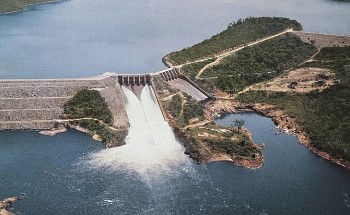 Top 10+ Biggest and Majestic Hydroelectric Plants in Africa Top 10+ Biggest and Majestic Hydroelectric Plants in Africa Africa has an abundance of water systems, which has led to a rise in the building of large dams to control the distribution of water ... |
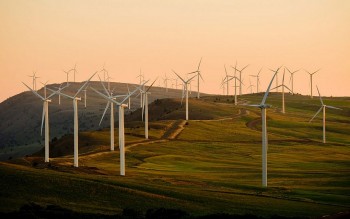 Top 10+ Largest Wind Farms (by Capacity) in the World Today Top 10+ Largest Wind Farms (by Capacity) in the World Today Join KnowInsiders.com to find out the top largest wind farms around the world. These farms not only provide electricity, but also are places that many ... |
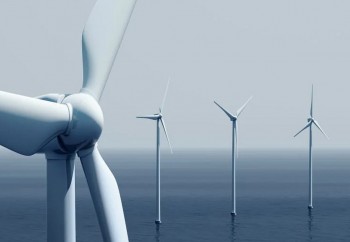 Top 10 Biggest & Most Beautiful Offshore Wind Farms in the World Top 10 Biggest & Most Beautiful Offshore Wind Farms in the World Explore the largest and most beautiful coastal wind farms in the world. This is not only a place that provides heavy winds but also an ... |


